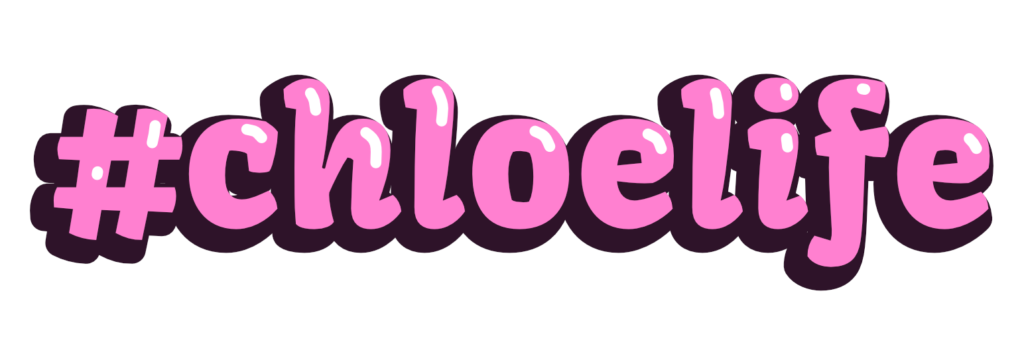Introducing young children to mindfulness helps them build focus, emotional awareness, and calm. In this guide, you’ll find five engaging, age-appropriate activities that parents and caregivers can start today.
Why Introduce Mindfulness to Young Children?
Young minds absorb everything around them. By teaching mindfulness early, you:
- Encourage self-regulation and empathy.
- Reduce tantrums and anxiety.
- Support social skills and concentration.
Moreover, research shows that regular mindful play can improve brain development and emotional resilience.
5 Engaging Mindfulness Activities for Preschoolers
Below are simple exercises you can do at home or outdoors. Each one takes under ten minutes and uses everyday materials.
1. Bubble Breathing
What it is: Children blow bubbles slowly, noticing their breath.
How to do it:
- Give each child a small bubble wand.
- Ask them to inhale for 3 seconds, then exhale to create a bubble.
- Invite them to watch the bubble float and pop.
This mindful breathing activity builds lung awareness and focus.
2. Listening Walk
What it is: A silent stroll to tune into sounds.
How to do it:
- Walk together in a garden or park.
- Encourage kids to close their eyes briefly.
- Ask them to identify three sounds (birds chirping, wind rustling).
By heightening auditory awareness, children practice present-moment attention.
3. Body Scan with Stuffed Toys
What it is: A gentle scan of body parts using a favorite toy.
How to do it:
- Lie down with a stuffed animal on your belly.
- Guide kids to feel the toy rise and fall with each breath.
- Then, move the toy to their chest, shoulders, and legs.
This mindful body exercise promotes relaxation and safe body awareness.
4. Gratitude Jar
What it is: A container where kids drop thankful notes.
How to do it:
- Place a decorated jar and slips of paper on a table.
- Each day, ask children to draw a slip and name one thing they’re grateful for.
- Read the notes together at week’s end.
Practicing gratitude nurtures positive emotions and family bonding.
5. Mindful Storytelling
What it is: A calm tale with guided pauses.
How to do it:
- Choose a simple story (real or invented).
- Read aloud, pausing after each sentence.
- Ask kids how the characters feel and what they notice in their bodies.
This mindful narrative exercise strengthens emotional literacy and empathy.
Tips for Parents to Support Mindful Habits
- Model mindfulness: Practice these exercises yourself.
- Keep it playful: Turn mistakes into fun learning moments.
- Set a routine: Pick a consistent time (before bed or after school).
- Celebrate progress: Praise efforts, not perfection.
Additionally, use visual cues—like a “mindfulness corner”—to remind kids to pause and breathe.
Common Questions About Mindfulness for Kids
How long should mindfulness sessions last?
Short is sweet. Aim for 3–5 minutes per activity. As children grow, you can extend sessions to 10 minutes.
How can I keep kids engaged?
Rotate activities weekly and invite siblings or friends to join. For example, challenge them to a “quiet listening” contest.
Learn More and Get Support
Visit our main site for further tips: ChloeLife.
Join the Chloe Wellness Community for guided sessions.
Explore Chloe Companies for our latest resources.
Questions? Email us at rosellstudiosllc@gmail.com.
Try these practices today and watch your little ones thrive in calm, focused play!
#[mindfulness]




